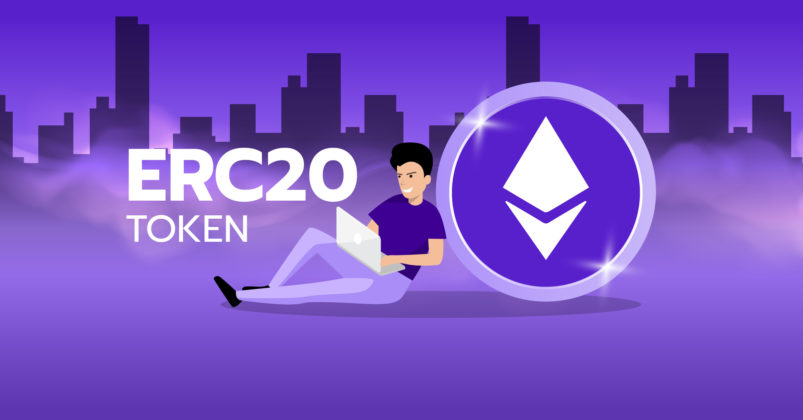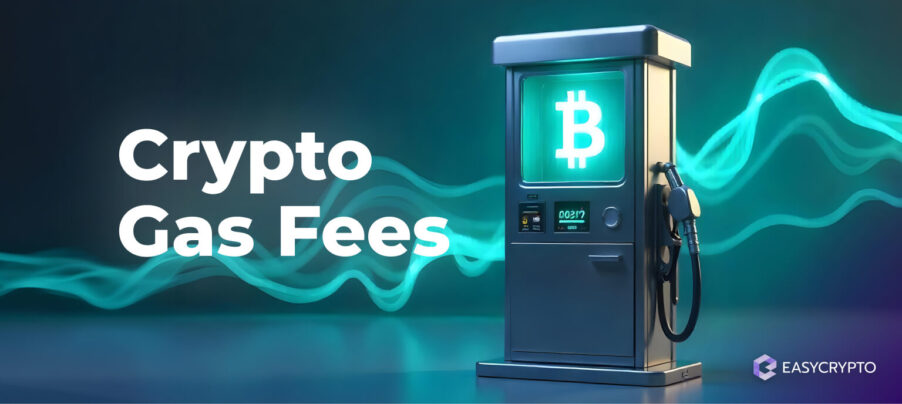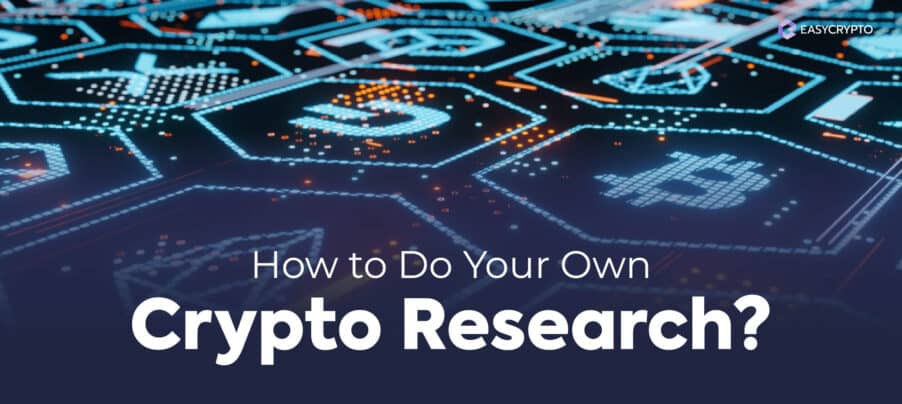What are ERC20 Tokens?
ERC20 tokens are a common term in the world of cryptocurrency. Take a closer look at what they are and why they are so prevalent.


ERC20 token is a term that often comes up when discussing Ethereum smart contracts and Dapps. Considering the frequency in which these tokens are discussed, it’s important to get to know these a little better – which we’ll be going over in this article
What is an ERC20 token?
ERC20 means Ethereum Request for Comment, with the number “20” representing its proposal identifier. An ERC20 token is any cryptocurrency or token that uses the Ethereum blockchain.
There are quite a lot of them! Because Ethereum was designed as a platform that other cryptocurrencies could be built upon. There are now hundreds of different cryptocurrencies or blockchain projects that are run on the Ethereum blockchain. And you could build your own, if you wanted to!
Simply put, an ERC20 token is designed as a blockchain-based asset as how Bitcoin or Ether is built for. The big difference is this ERC20 token is created on the Ethereum blockchain.

It’s also hosted on the same blockchain. It is stored with an Ethereum address, and the same address applies for the transaction.
It’s hard to put into words the sheer impact that ERC 20 tokens have had on the crypto world. They are single-handedly responsible for several billion dollars within the industry, and they played a big role in making cryptocurrencies more mainstream.
What is Ethereum? Everything you need to know about the Ethereum network.
How do I move ERC20 tokens out of my Ethereum wallet?
If you are moving your ERC20 tokens to another wallet address or to an exchange, you may be required to pay a gas fee or just gas for short. Gas is what users pay to Ethereum miners to validate and process transactions.
All Ethereum wallets work essentially the same. You need to input a valid address, which will always start with “0x…”. You cannot send ERC20 tokens over to a wallet address that does not belong to the Ethereum network.
However, you can swap your ERC20 tokens for a “wrapped” version of that token, which has a 1:1 ratio in price and value.
For example, if you want to send some ether to a Tron wallet (which uses the TRC-10 network), you can go to an exchange, such as Uniswap, to exchange ETH with WETH (wrapped Ethereum) on the Tron network.
Looking to invest in ether? Click here to check the latest rates for ETH.
What is GAS?
The Ethereum network has a fee (called “gas”) for every transaction made on the network.
These fees are only charged if you are sending your cryptocurrency to a new address. If you are simply holding your cryptocurrency there is no fee.
If you want to move your ERC20 token from one address to another, you will need to have excess Ethereum at your address to cover the “gas” for the transaction. The price of gas varies but is a very small amount, e.g. 0.0005 ETH.
Looking to buy ETH? Click here to start investing in Ethereum.
The future of Ethereum
The Ethereum blockchain is in the works of upgrading its network dubbed Ethereum 2.0 which features a new proof-of-stake (PoS) protocol to improve transaction speeds, lower gas fees, increased efficiencies, and much more.
This update takes the form in a series of updates that serves as “checkpoints” as the network prepares its developers before the transition. As of this writing the Berlin and London updates have already been executed, with the Shanghai update to follow suit.
Further reading: Explore our learning Hub for all things crypto.
Share to
Stay curious and informed
Your info will be handled according to our Privacy Policy.
Make sure to follow our Twitter, Instagram, and YouTube channel to stay up-to-date with Easy Crypto!
Also, don’t forget to subscribe to our monthly newsletter to have the latest crypto insights, news, and updates delivered to our inbox.
Disclaimer: Information is current as at the date of publication. This is general information only and is not intended to be advice. Crypto is volatile, carries risk and the value can go up and down. Past performance is not an indicator of future returns. Please do your own research.
Last updated May 11, 2023





